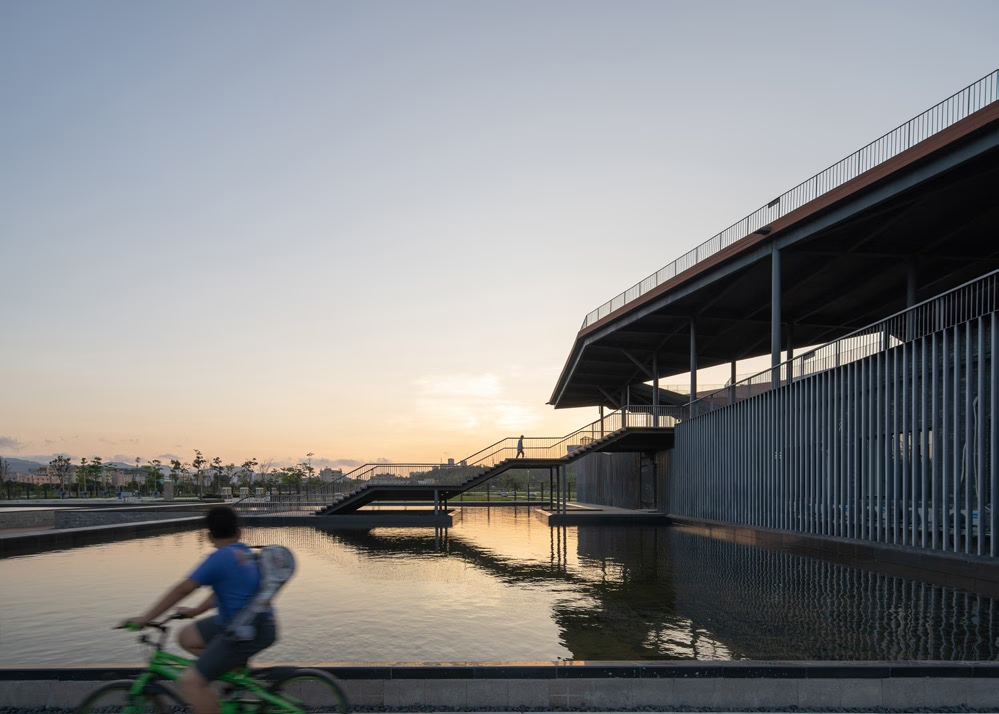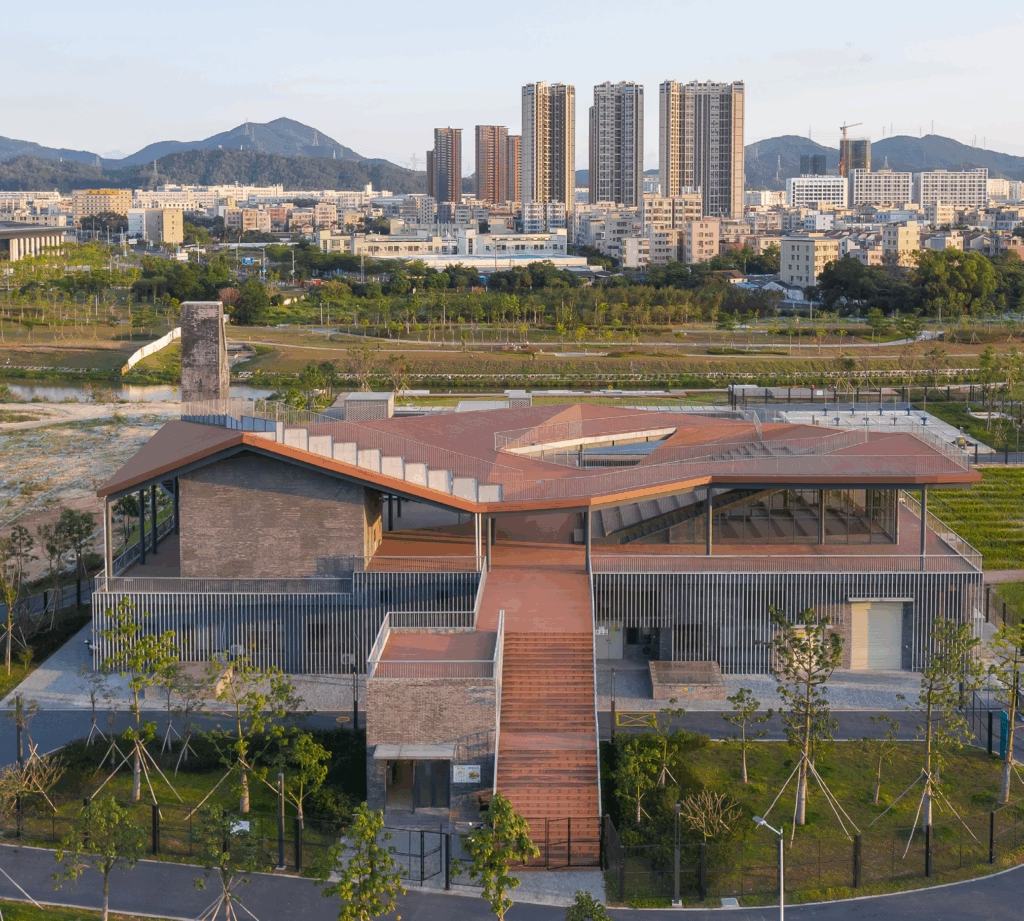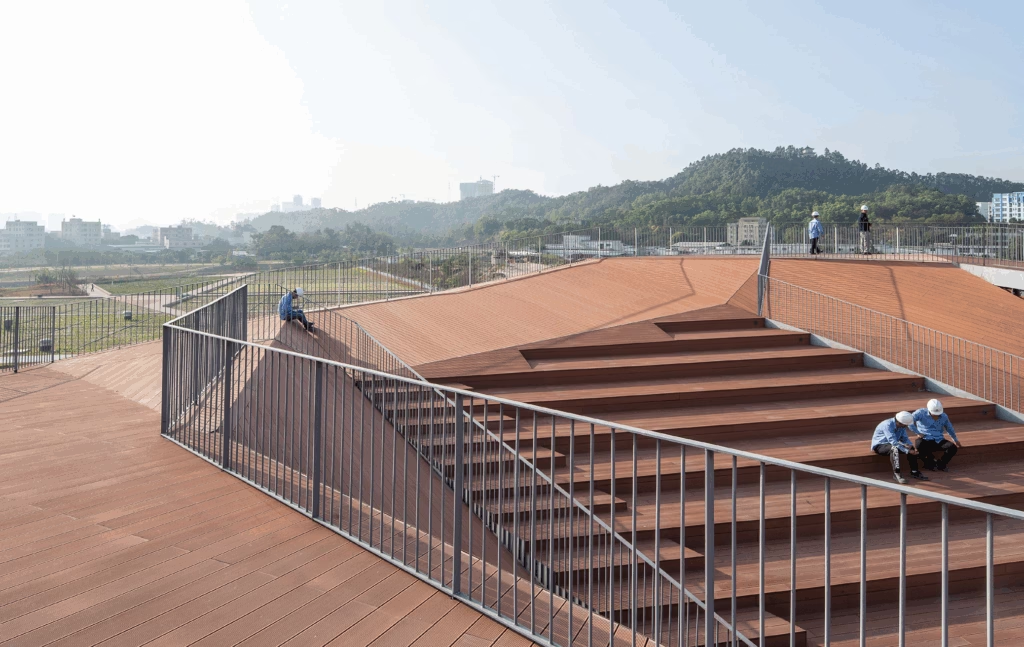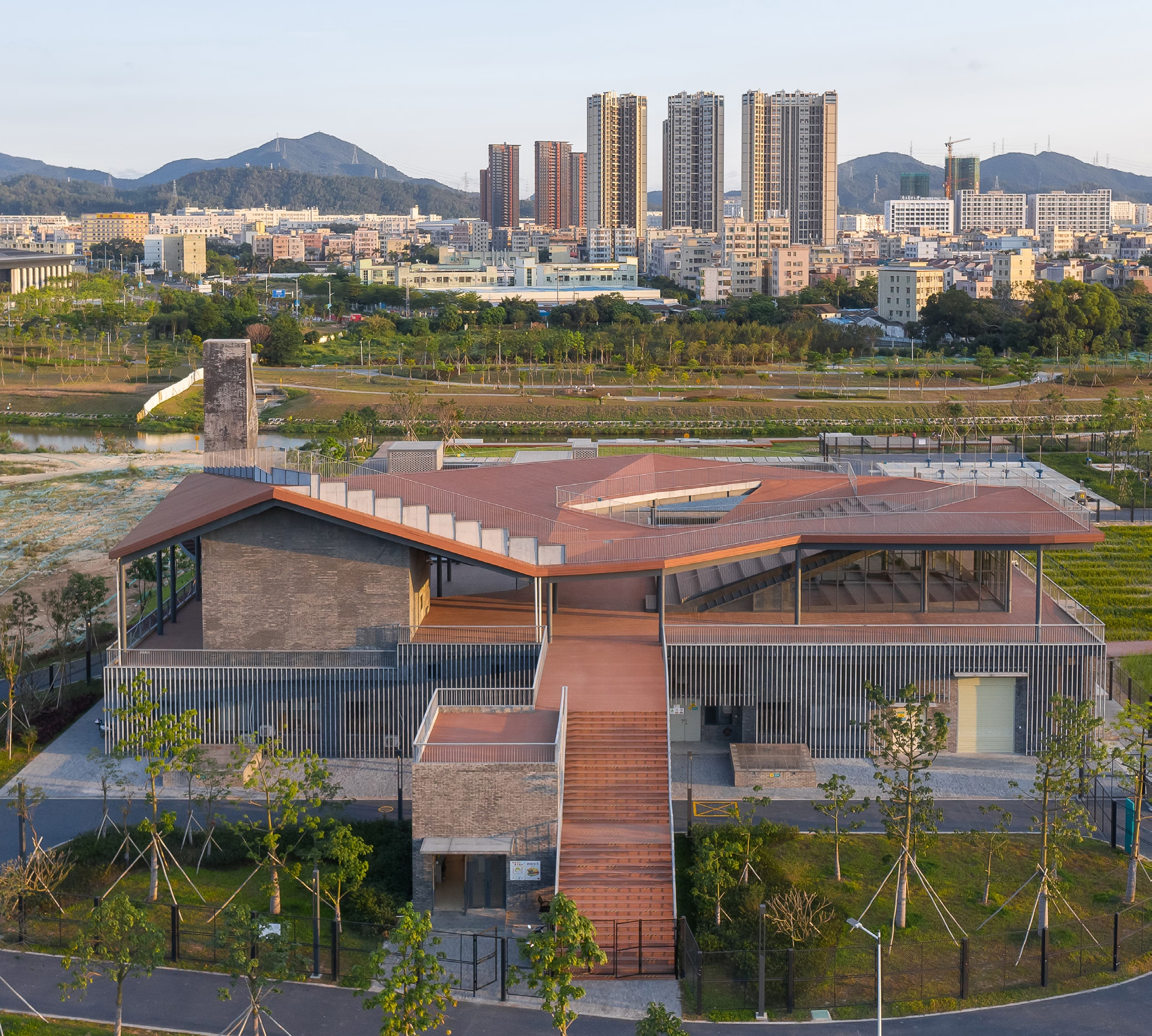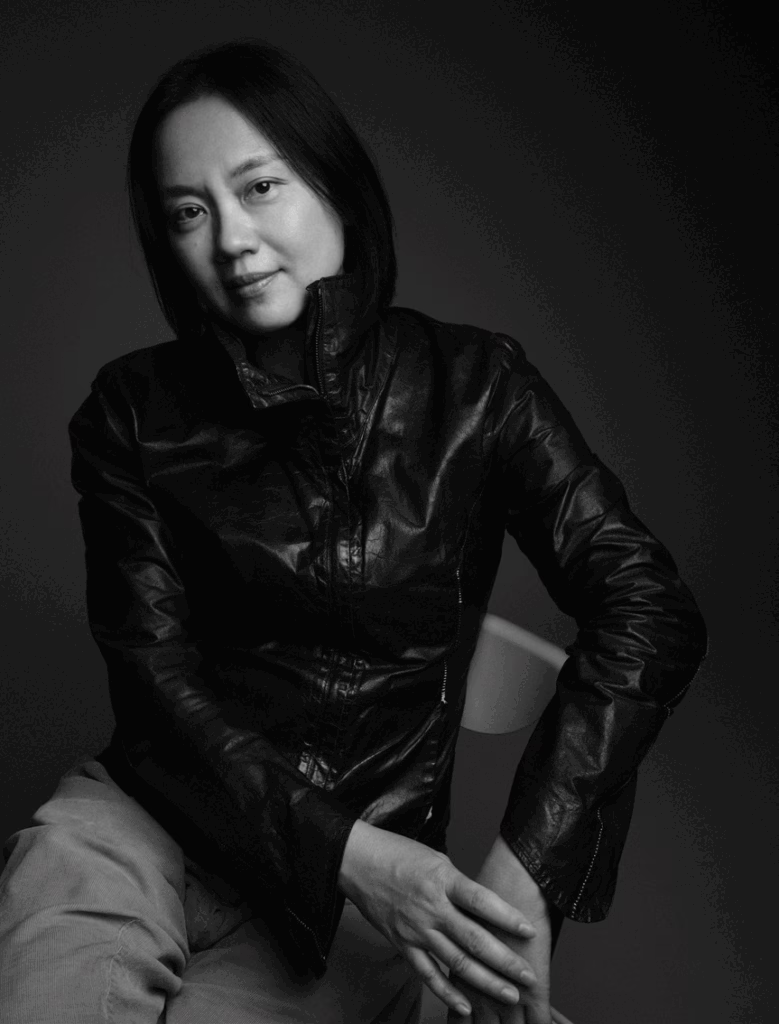
Doreen Heng Liu
Prof. Dr., Is the Founder and Principal of NODEArchitecture & Urbanism (NODE). She is a Chartered Architect (RIBA), and a Member of the Architectural Society of China. She received her M.Arch from UCBerkeley in 1994 and Doctorate of Design at Harvard Graduate School of Design in 2008.
In 2004, Liu established her practice NODE in Nansha and Hong Kong, and relocated to Shenzhenin 2009. With her design focuses on urban regeneration, infrastructure and public space, Liu’s studio tries to reinvestigate and reexamine the given conditions based on specific sites and issues.
Through a series of critical and research-based design exercises, the studio seeks to explore and ultimately to deliver different but better alternatives in architecture today.
Liu has taught at the Chinese University of HongKong, Swiss Federal Institute of Technology Zurich,and the University of California, Berkeley. She was appointed as Distinguished Professor at the School of Architecture and Urban Planning of Shenzhen University and Director of the Greater Bay Area Innovation Design Lab since September 2020.
Pingshan Terrace River Nanbu
Sewage Plant
Photos: Zhang Chao
In Doreen Liu’s observation, during the initial stages of development in Shenzhen, China, the primary focus on constructing numerous buildings and maximizing square footage. However,there was a feeling of missing the opportunity to incorporate a holistic approach to architecture that encompasses social aspects, public spaces, and ecological perspectives.
Recognizing the significance of these elements, architect Doreen seeks to address these gaps through her architectural projects.
NODE’s projects extend beyond mere utilitarian infrastructure, such as water treatment plants and pedestrian overpasses, which traditionally prioritize functionality and engineering. Through her frequent collaboration with multi-disciplinary fields, she gained a wide understanding of the many dimensions of a built project. She believes there are some intangible values and greater purposes to be fulfilled.
“It is not merely about fulfilling functional requirements; it is about transforming these structures into vibrant public spaces”
Considering the substantial land occupation and potential disadvantages that these buildings may have for neighborhoods, Doreen understands the need to bridge the gap between the public and civil engineered projects. Trusting this integration of social facilities, a new dimension of design emerges.
These spaces offer opportunities for the public to engage with not only the basic technical aspects of the project but also the communal aspects such as hosting exhibitions or providing areas for relaxation, where one can enjoy panoramic views of the city or landscape. Ultimately, the projects create chances for people to encounter experiences they may not typically find every day.
At Nanbu Water Treatment Plant, engineering infrastructure becomes an active participant in the public realm, fostering important dialogues and facilitating a dynamic exchange with the city itself. Even within the smaller scale of an architecture project, Doreen believes, the architect can contribute positively to the city by prioritizing a public-oriented program and emphasizing a connecting and communal space within the urban environment.
She feels that China’s current state offers a unique platform,where architects can act as curators, introducing special ideas into their architectural programs. It is an opportunity to respond with architecture as a powerful statement, through conducting thorough site investigations and ensuring that the design is intricately tailored to its context.
